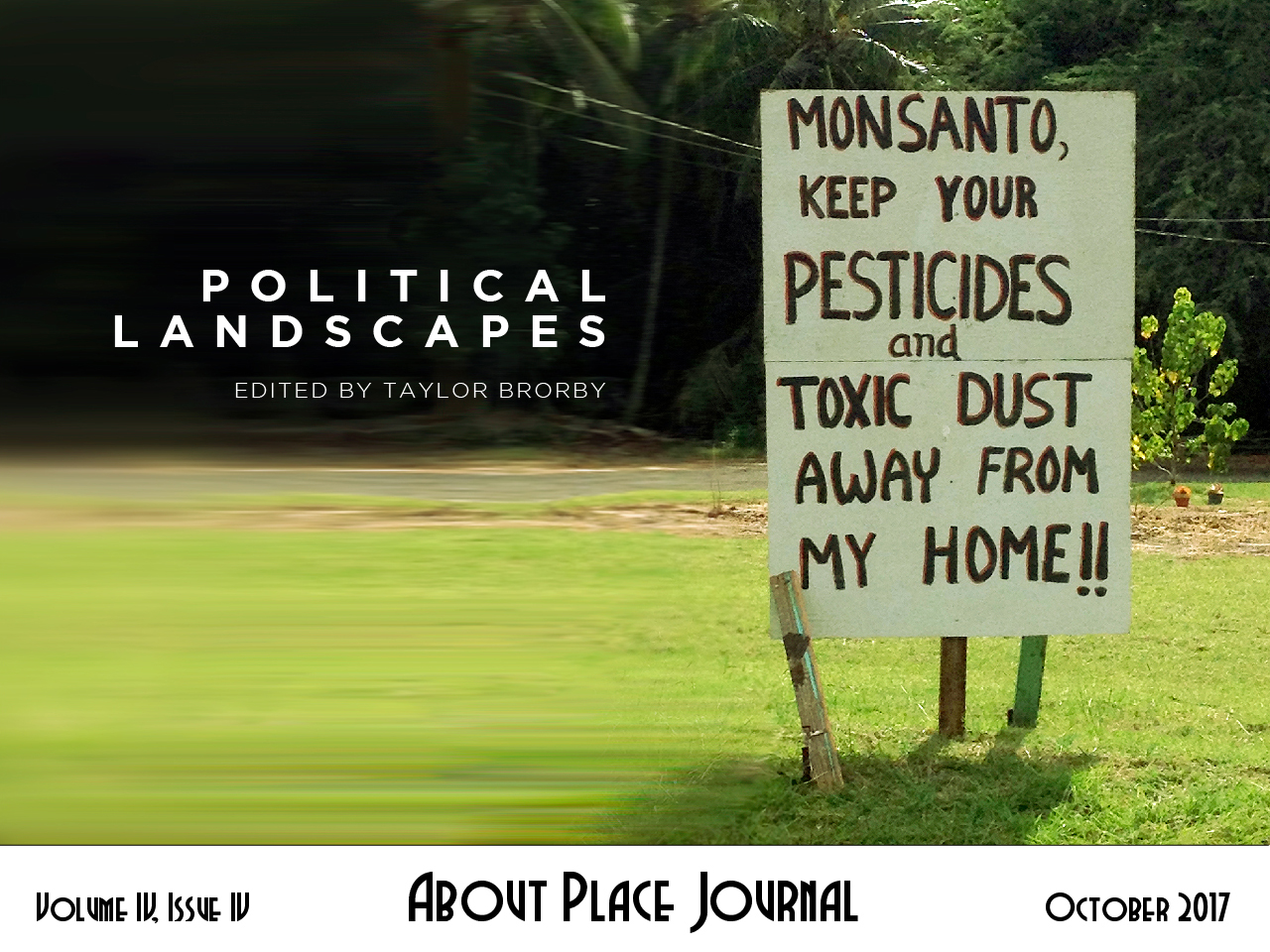Guinea-pig — (*) In naval mine warfare, a ship used to determine whether an area can be considered safe from influence mines under certain conditions or, specifically, to detonate pressure mines.1
Float their bodies2
held together with twine and prayers.
How many can a blood-dark sea hold
in its wet embrace?
Washing upon the shore
in this year that we inhabit.
Make sure our land’s edges that line
the water stay clear.
Remember to pack the beach chairs, towels,
the sunscreen, hats, a frisbee and the cooler.3
It is how we arrive at the beach
during war.
[1] US Department of Defense’s Dictionary of Military and Associated Terms (October 17, 2007)
[2] According to UNHCR more than 5000 refugees died in the Mediterranean in 2016. Bodies washed ashore on beaches in Libya, Greece, Turkey, Italy and France.
The number of forcibly displaced people worldwide reached 59.5 million at the end of 2014, the highest level since World War II, with a 40% increase taking place since 2011. Of these 59.5 million, 19.5 million were refugees (14.4 million under UNHCR’s mandate, plus 5.1 million Palestinian refugees under UNRWA’s mandate), and 1.8 million were asylum-seekers. The rest were persons displaced within their own countries (internally displaced persons).
[3] The Mediterranean Tourism Foundation (MTF) states that the Mediterranean region attracts approximately 350 million tourists annually with almost 30% of global tourism making the region the biggest tourism destination in the world and generating on average 250 billion euros per annum.
Salted weapon — (*) A nuclear weapon which has, in addition to its normal components, certain elements or isotopes which capture neutrons at the time of the explosion and produce radioactive products over and above the usual radioactive weapon debris. See also minimum residual radioactivity weapon.1
Brine Recipe:
Soak and break into song.
Salt rung from the sea.
Bluegreenbrown marble is bawling in bursts.
Out loud. Ear-splitting rupture. Rippling.
A wave that washes over.
Our bodies. Salt and water. Normal components.
Crawl into a lap to lay in a bed of salted tears.
A concoction to hold the effects on things. Exploding.
Sounds that sweep over. Our bodies.
Making unnatural innards.
Build it. Salt it. Scatter it and wait.2
[1] US Department of Defense’s Dictionary of Military and Associated Terms (October 17, 2007)
[2] Since the launch of Operation Enduring Freedom in 2001, Afghanistan and Iraq have been continuously bombed by the US military. Weapons used have included cluster bombs and depleted uranium bombs. Approximately 3,000 tons of depleted uranium munitions have been used in Afghanistan, Iraq, and Syria.
According to Dr. Yagasaki, while most of the radiation released by the atomic bombs in Hiroshima and Nagasaki had very short half-life periods, DU has a half-life of 4.5 billion years. It is estimated that in the First Gulf War, 320 to 800 tons of DU were used, scattering 14,000 to 36,000 times more radiation than in Hiroshima. Since then, it is estimated that an additional 2000 tons of DU shells have been dropped on Afghanistan and Iraq. Today, both Iraq and Afghanistan have seen a severe rise in birth defects and cancers.
“What else do the Americans want? They killed us, they turned our newborns into horrific deformations, and they turned our farmlands into graveyards and destroyed our homes. On top of all that their planes fly over and spray us with bullets. We have nothing to lose; we will fight against them the same way we fought the previous monster [the former Soviet Union].” Sa’yed Gharib, April 2003


